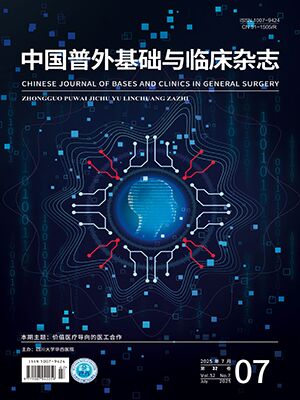Objective To investigate the relationship between the expressions of P-gp, GST-π and C-erbB-2 and clinicopathologic characteristics as well as prognosis in breast cancer. Methods The expressions of P-gp, GST-π and C-erbB-2 were detected by immunohistochemistry in 48 cases of breast cancer, and histopathologic characteristics as well as 5-year survival rate of these cases were analyzed. Results There was no significant difference in the expressions of P-gp and GST-π with age, histologic grade, number of lymph node metastasis and TNM stage of breast cancer ( P > 0.05). There was significant difference in expression of C-erbB-2 with histologic grade, number of lymph node metastasis and TNM stage of breast cancer ( P < 0.05). Positive rate of P-gp expression in breast cancer with positive C-erbB-2 expression was remarkably higher than that in breast cancer with negative C-erbB-2 expression ( P < 0.05) . Positive rate of GST-π and C-erbB-2 expression in survivals within 5 years was remarkably lower than that in deaths within 5 years ( P < 0.01). Conclusion P-gp participates primary drug-resistance mechanism of breast cancer. The possibility of primary drug-resistance is higher in breast cancer with positive C-erbB-2 expression. The expression of C-erbB-2 helps to evaluate prognosis and the result of treatment in breast cancer.
Citation: SUN Hao,YU Xiao dong.. Expressions and Clinical Significance of P-gp, GST-π and C-erbB-2 in Breast Cancer. CHINESE JOURNAL OF BASES AND CLINICS IN GENERAL SURGERY, 2009, 16(1): 56-59. doi: Copy
Copyright © the editorial department of CHINESE JOURNAL OF BASES AND CLINICS IN GENERAL SURGERY of West China Medical Publisher. All rights reserved




